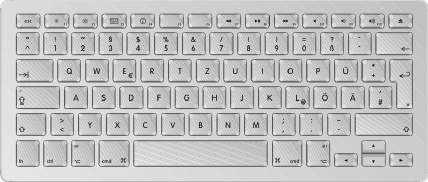Home > A List of Local Keyboard Layout in 24 Countries/Regions. (updated in September 2013)
|
Mac equivalents of Windows keys
Windows Keyboard Layouts.; 5 minutes to read +1; In this article. Choose a keyboard below to view its layouts. To see different keyboard states, move the mouse over state keys such as Shift, Caps or AltGr.You can also lock or unlock those keys by clicking them. This keyboard is marked with both the US keyboard layout and the standard 105-key 'QWERTZ' layout used in Slovakia. Note that letter keys have Slovak on the left side and English on the right, while punctuation keys use the opposite convention (English on the left and Slovak on the right). Custom keyboard layout. An unintrusive Mac OS X keyboard layout similar to Apple's U.S. Extended, but with more IPA, accented letters etc. A deadkey allows typing Option key combos without Option key – like in a Terminal where you'd rather have a Meta key instead. This is the most common layout in Poland. We also advise our customers to choose this layout, if they want to switch from any European language to English keyboard. You can buy a MacBook or Apple keyboard with this layout. Greeting card expert 2 1 – templates for ms word. UK (British) English Layout. Used in the United Kingdom and Ireland. You can buy a MacBook or Apple keyboard with this layout.
Many of the keys that you'd see on a PC have equivalent keys on an Apple keyboard.
Windows logo: Press Command (⌘).
Backspace or Delete: Press Delete.
Enter or ⏎: Press Return.
Alt (left): Press Option (⌥).

Alt GR (right): Press Option + Control.
Applications: This key isn't available on Apple keyboards.
Use the On-Screen Keyboard for other functions
If your Apple keyboard doesn't include the following keys, you can recreate them in Windows using the On-Screen Keyboard.
Apple Keyboard Layout Picture
Use the Snipping Tool to print screen
To recreate the Print Screen and Print Active Window function in Windows, use the Snipping Tool. https://uppholenlay1970.mystrikingly.com/blog/how-to-download-fnaf-ar.
If your keyboard isn't working as expected in Windows
If your Apple keyboard works as expected in macOS but not in Windows, try these solutions:
American Apple Keyboard Layout Keyboard
- Install the latest Apple software updates for Windows.
- Install the latest Windows support software.
- If you're using Microsoft Windows 10 N, install the latest Media Feature Pack.
Learn more
American Apple Keyboard Layout Shortcut
- Microsoft provides a keyboard mapping article that describes using a Windows keyboard with macOS.
- Use Microsoft Keyboard Layout Creator to find key combinations for the unique characters used by the language and region your Apple keyboard is designed to support:
- Download, install, and open the Microsoft Keyboard Layout Creator.
- Choose File > Load Existing Keyboard.
- Select the keyboard you want to see.
- Find the country or region name in the keyboard list that's followed by '(Apple)'.
- Follow the instructions provided with the app. You can print images of the keyboard, including what keys look like when holding modifiers like Shift, Option, or Fn.
